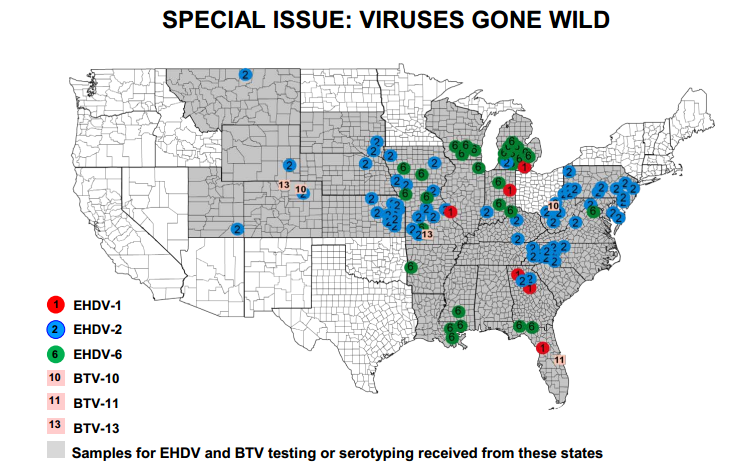Bugs and the Drought of 2012
Polk county, Iowa
6/27/2012
The summer of 2012 brought what is widely considered to be an even worse drought than the drought of 1988 – the summer of the spider mite, when an unprecedented number of the devastating pests sucked Iowa soybean plants dry.
According to the Iowa Agriculture Weather Summary for the 2012 drought, the blisteringly high temperatures in Polk County started on June 27th, when Des Moines hit 101 degrees. July brought no relief. Across the state, on average, 21 of 31 days in July saw 90 degree temperatures and at least 3 days of 100 degrees or higher. A normal entire year brings 23 days of 90 degrees weather and only 1 day above 100 degrees. July 2012 was the third warmest and fifth driest in 140 years, which pushed it past ‘88 in severity. Early August brought a couple of cool days, just enough to make it hurt even more when the heat roared back in the second week. Polk County got a few days of light rain as well, but still, throughout all of August, precipitation levels were far below average. Crop conditions were as bad or worse than in 1988 due to scalding temperatures, minute amounts of rain, and, of course, the return of the spider mites.
During the drought of 2012, Iowa State University was much more aggressive in their attempts to make farmers understand that overusing highly potent, toxic organophosphate pesticides on their crops is bad for everyone – bad for mites (good for us!), but very bad for bees, and very bad for babies. ISU agricultural entomologists urged farmers to be absolutely sure that they actually had a spider mite infestation on their crops before spraying. They also pointed out that organophosphates don’t kill spider mite eggs, so several rounds of pesticide application may be needed to combat outbreaks. Spider mites were seen in soybean fields across Iowa in 2012, as drought conditions continued on through late August.

Everyone expects spider mites to be a problem in drought conditions. They come with the hot and dry territory. But another fairly new side-effect of the 2012 drought also impacted deer populations quite significantly. 2012 marked the worst year yet for the spread of Epizootic Hemorrhagic Disease Virus in Iowa deer. EHDV infects ruminants (cows, deer, goats etc.) and is spread by the bite of several species of Culicoides midges. These blood-sucking insects like to lay their eggs in mud. During drought conditions river levels lower, exposing more and more damp, muddy riverbed than usual, and thus, Culicoides populations spiked during the summer of 2012. EHDV was identified in the mid-1950s, and since then, during drought conditions, the incidences of the disease in deer and in cattle have increased dramatically in frequency.
The main animals severely affected by EHDV are white-tailed deer. The virus causes deer to act erratically and even aggressively towards humans. They develop encephalitis, their tongues and eyes swell, and they begin to bleed from the mouth, nose, and eyes. These deer typically die within 8-36 hours.
Typically, when cattle are infected with EHDV, it is a mild infection – some swelling of the tongue and lips occur, and occasionally there is some difficulty swallowing, which may lead to weight loss. It can, however, lead to more severe disease, causing lameness and even spontaneous abortion in pregnant cows. Thus EHDV is definitely an economic concern for cattle farmers during drought. Cows too serve as a reservoir for the virus. When they are infected with EHDV, their blood becomes so full of virus that when a Culicoides midge bites them, the midge can pick up a large load of EHDV and spread it further, to ruminants all over the place.
In regard to hunting during and after the drought of 2012, scientists recommend that if deer are displaying any strange symptoms before they die, hunters should not eat their meat. This is due to both practical taste concerns (diseased meat is typically not very delicious) and because no one wants to risk the chance, though slight, of a viral spillover event of EHDV into humans.
Text Sources:, http://www.iowaagriculture.gov/climatology/weatherSummaries/2012/DroughtIowa2012Revised.pdf, http://vetmed.iastate.edu/news/epizootic-hemorrhagic-disease-ehd-deer-and-cattle, http://www.ent.iastate.edu/soybeaninsects/node/368, http://crops.extension.iastate.edu/cropnews/2012/06/early-confirmation-twospotted-spider-mite, http://crops.extension.iastate.edu/cropnews/2012/07/scout-twospotted-spider-mites-summer.
Image Sources:http://i45.tinypic.com/34eroef.jpg and http://edblog.hkedcity.net/ko/wp-content/blogs/1709/uploads/Bad_Culicoides-obsoletus.JPG.
